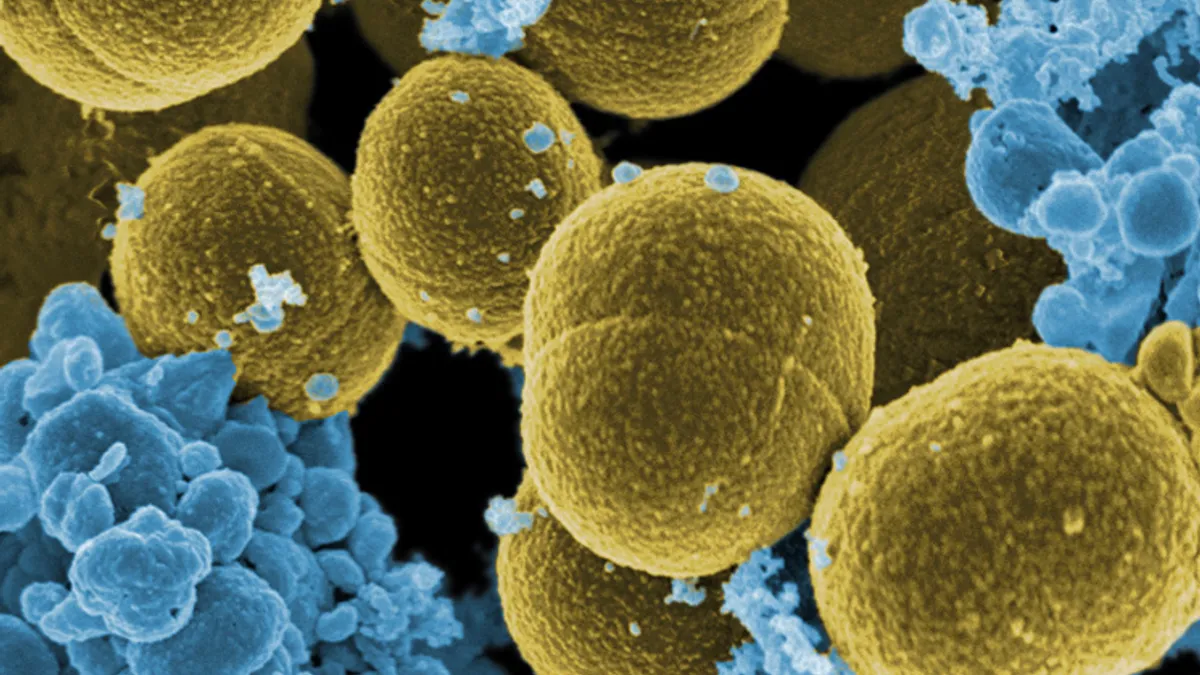Dive Brief:
-
The American Chemistry Council has criticized a white paper published by global architecture firm Perkins+Will on the risks related to the use of antimicrobial building products in surface and other finish applications, according to Architect.
-
The paper noted that that widespread use of antimicrobials could lead to resistant superbugs, and that building products containing such agents — including boric acid, formaldehyde and silver nanoparticles — present a health hazard and should be avoided.
-
The ACC responded to the paper, saying that antimicrobial agents are primarily used as building-product preservatives to increase material longevity and have an established safe-use history. Suzanne Drake, co-director of Perkins+Will's Material Performance Lab and co-author of the paper, acknowledged their use as preservatives but said the firm was adding antimicrobial products to its Precautionary List.
Dive Insight:
Other substances on Perkins+Will's list include arsenic, lead, mercury, phthalates and volatile organic compounds. Such material ingredients can be a challenge to avoid, however, due to their prevalence in existing building products and systems.
It will likely take an uptick in the number of specifiers and manufacturers adhering to lists like Perkins+Will's to make a substantial dent in the global antimicrobial coatings market, pegged by Glen Allen, VA–based n-tech Research to hit $3.3 billion by 2020. Similar indexes include one for chemicals banned for use in products that seek to become certified by the Cradle to Cradle Products Innovation Institute.
Coating preservatives might one day be unnecessary, if research into living construction materials by the Defense Advanced Research Projects Agency pays off. As part of its Engineered Living Materials program, DARPA is investigating methods for self-growing and self-healing building products that rely on microorganisms to create building materials such as bio-cement and concrete.













